
Wounds, breaks, and injuries: A category of conditions that often requires long recovery times, dangerous medications, and a hefty medical bill, and that at their worst can result in loss of limb, and even death.
Microcurrent therapy has existed for decades, and in-fact was applied to wound healing by the Ancient Egyptians THOUSANDS of years ago… of course now we have microcurrent machines instead of electric eels, but only recently have these machines been applied properly in modern medicine. The results have been astounding, and in this article we are going to explore my research, the treatment theory and practice, and go over a PHENOMENAL case study, in which microcurrent therapy stopped a young man from losing his foot.
What are wounds, and the two classifications…
An open wound is an injury involving an external or internal break in body tissue, usually involving the skin. Nearly everyone will experience an open wound at some point in their life.
Most open wounds are minor and can be treated easily. We clean them, and cover them to keep them that way. In these cases the wounds will cease to bleed, create inflammation, and within a few days the pain and irritation will have faded as the area is cleaned and new cells are created to help fill the gap. The inflammation recedes and things return to normal.
The problem is this isn’t always the case. Wounds that do not repair appropriately and are still inflamed and painful around 7-10 days later can cause a variety of health complications, most commonly persistent pain and infection, but some are severe and can result in interventions as extreme as amputation. When wounds fail to heal we call them “non-healing wounds”.
How does Conventional Medicine treat these wounds?
When wounds are treated in the medical world there is a basic process of Wound Healing which involves three common steps. The first step is cleaning and debriding, the second step is controlling inflammation and treating infection, and the final step is balancing moisture to the appropriate needs of the wound. If wounds are found to not be healing, the process starts again.
There’s a problem here. Pain and inflammation are intrinsically linked. The inflammatory response that goes off in our body when we get hurt is a vicious cycle, and the medical process for the repeated treatment of these non-healing wounds feeds that cycle.
What does this do to our health?
Think about it.
When we debride a wound we are removing bits of dead and damaged flesh and debris, essentially cutting away at the body. This process itself creates inflammation, which is then managed the only way conventional medicine knows: Pills. These pills bring about their own issues through side effects, but even in the absence of the side effects we are entraining the brain to cause more pain. You see the brain wants us to feel pain. It wants us to know something is wrong so that we can fix it. Cover that up and it keeps creating more, and more, until the medication no longer blocks it and the pain breaks through in excruciating fashion. The inflamed area is still in pain, and the fresh damage from debriding creates an ideal field for infection. They try to manage the moisture levels to make them ideal for the wound to close, but many times it simply isn’t ready to, it gets infected, more tissue dies, and the process starts all over again.
This was the ideal case – in which the wound is actually treated…
Pressure Ulcers (or Bedsores) are a type of wound that is often overlooked, but they are a chronic epidemic in the US. A pressure ulcer occurs when a person spends too much time with pressure to one area without moving. These ulcers left untreated (as they so often are) will lead to infection, sepsis, and death.
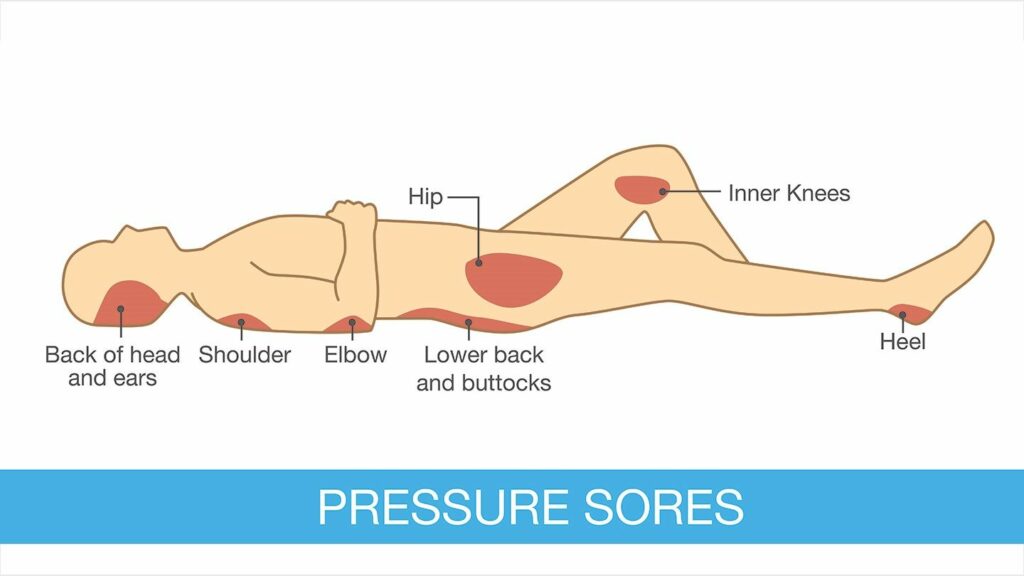
These are extremely prevalent in nursing homes, with the Center for Disease Control (CDC) estimating that 1 in 10 individuals get a bedsore.
In the United States it is estimated that 2.5 MILLION PEOPLE suffer from pressure ulcers, and more than 60,000 people die each year as a direct result of them.
It’s very sad that such a simple to solve wound can be the cause of so much pain and suffering.
What can microcurrent do?
There’s a simple painless solution here. It’s not fringe science, its not even just theory, it’s cold hard researched facts. Microcurrent can accelerate wound healing. We’re talking about a technique that could replace the current medical methods for treating wounds today.
A research study that I consulted on in Malaysia treated 100 patients with diabetic foot ulcers – chronic non-healing wounds for which the mainstream treatment was amputation.
In every case we saw improvement with a strict microcurrent therapy treatment regimen.
How does it work?
It’s simple biology really.
We need ATP (Adenosine Triphosphate) to stimulate cell growth, and cell growth is what allows us to repair. To create ATP our body’s mitochondria need Oxygen to combine with. Unfortunately, a wound is often lacking in proper oxygen flow.
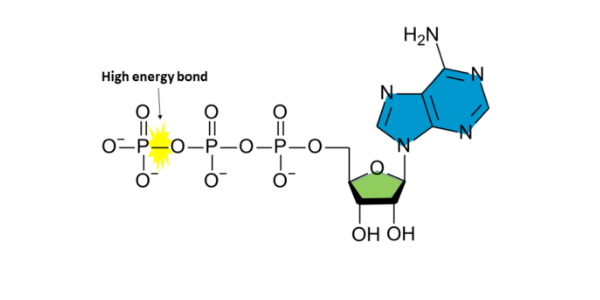
The correct microcurrent frequency combinations cause the body to undergo Angiogenesis (the creation of new blood vessels), as well as Vasodilation (causing an increase in blood flow). So, when treatment is applied to the area the blood supply is increased, and the increased oxygenated blood helps to deliver oxygen to the mitochondria, creating ATP, and building new cells to replace those that died in the wound.
Now none of this can occur in the presence of inflammation, but microcurrent algorithms can eliminate inflammation as well and keep it away, further enabling this process to occur.
Let’s Break it Down
Microcurrent both stimulates and accelerates the body’s production of new cells to heal the wound. Regeneration can then occur due to the increased oxygen to create new cells, paired with the microcurrent frequencies that have been proven decades ago to regenerate soft tissues.
A Case Study
I had a case come to me some years ago – many of you may be familiar with it already – but it’s a great example of how an extreme condition that is considered to have a cut-and-dry solution can be fixed by Microcurrent applications.
A client named Michael was brought to see me after a training simulation for the Canadian Search and Rescue team went wrong. After a long day of training in Northern Alberta, Michael fell asleep with wet socks on, it didn’t take long for frostbite to settle in. Michael had been to the doctor on Thursday, and surgery was scheduled for the following Monday to amputate the affected toes. On Friday he showed up at our clinic, and we promptly set to work treating him with our Wound Healing protocols.
This was Michael’s foot before treatment:
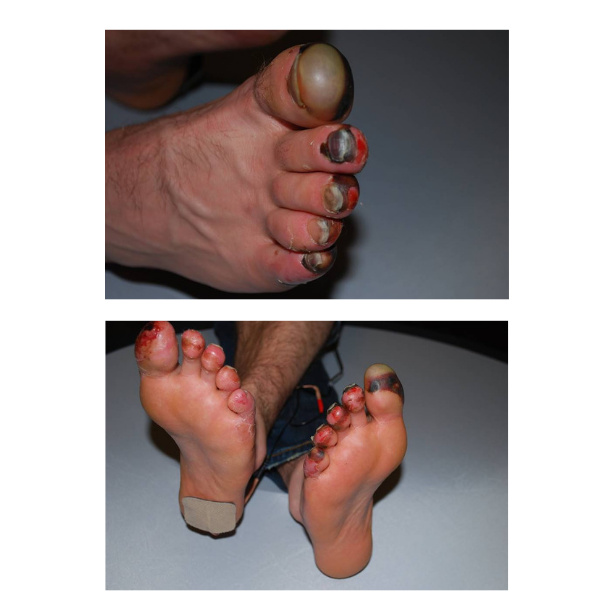
Following the same basic principles that we have been discussing throughout this article, we were able to increase blood flow to the dead tissue, create ATP, and repair the dead tissue. No debriding necessary.
This was Michael’s foot after 2 in clinic treatments, and 7 daily home unit treatments:
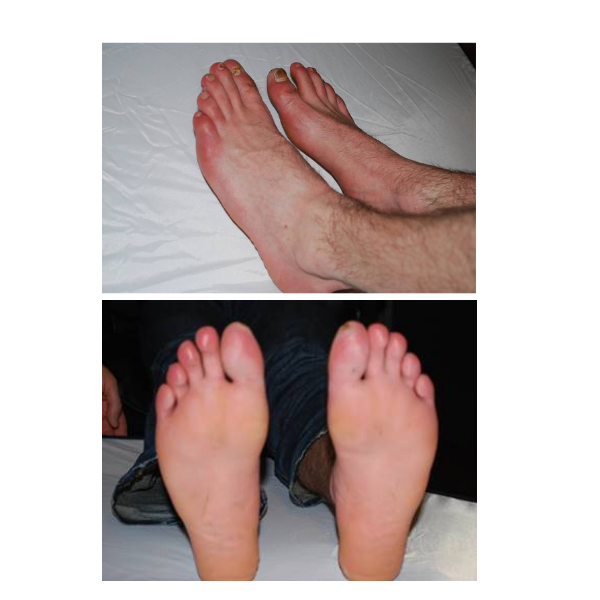
Michael’s feet made a full recovery: no surgery necessary.
Do we treat the wounds directly with microcurrent therapy?
Regardless of how you look at it, the thought of treating directly on a wound with microcurrent will probably make you cringe. Any open wound is much more sensitive to touch, and though microcurrent is immensely effective when directed into open wounds, we knew a solution to reduce the discomfort would be very much appreciated.
So, what if there was a way to convert the microcurrent frequencies into an Electro-magnetic field? What if we could project them painlessly over the area and get consistent results?
The ViaQi and QiWave are the answer.
How does this help with wounds?
As I mentioned before, touching the area of the wound directly is often uncomfortable, but its not the only way. By combining these frequencies with the PEMF output of the ViaQi and QiWave, we are delivering them without discomfort over a larger area.
In fact, the Wound Healing study in Malaysia with the 100% success rate used the ViaQi exclusively to ensure maximum healing potential over the area with their in-clinic treatments.
It’s not only the lack of discomfort that makes them a good option.
Pulsed Electromagnetic Fields, or PEMFs, work to:
- Reduce pain, inflammation, the effects of stress on the body, and platelet adhesion.
- Improve energy, circulation, blood and tissue oxygenation, sleep quality, blood pressure and cholesterol levels, the uptake of nutrients, cellular detoxification and the ability to regenerate cells.
- Balance the immune system and stimulate RNA and DNA.
- Accelerate repair of bone and soft tissue.
- Relax muscles.
Once we add the specific frequencies and body-friendly waveforms to the above benefits, we are creating a treatment of immense potential utilizing microcurrent’s ability to eliminate inflammation, and regenerate.
For more information on PEMFs check out our article Pulsed Electromagnetic Fields & Microcurrent.
Wound Healing Book
Some time ago I compiled all my research on Wound Healing into a book, Microcurrent: Advanced Wound Healing which has been aptly called by one reader “a coming seismic change in medical treatment”. In this book I discuss the research and theory explored here in deeper detail and give specific protocols for a variety of different treatments.
If you are interested in learning more, you can get this book in Printable E-book, or Paperback versions here.
The ViaQi and QiWave PEMF Devices
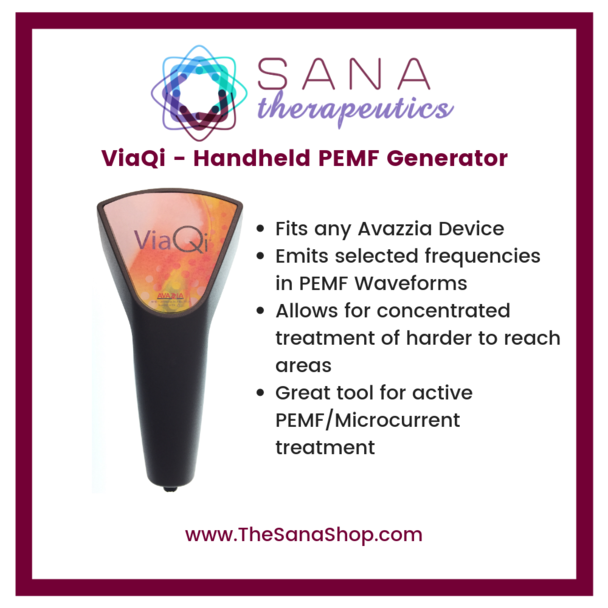
These attachments connect directly to your microcurrent device and change the electrical output to a Pulsed Electro-Magnetic Field (PEMF) output. These waves are unable to be seen or felt, but they can be measured very easily with a device that detects Electro-Magnetic Fields, so you can see the range and area you gain by using the device.
One of the benefits of this technology is complete cellular coverage. PEMF output passes right through the body, penetrating every cell, tissue, organ and even bone without being absorbed or altered. This means we can direct the specific frequencies and algorithms across the entire area for maximum coverage and results.
Wounds are an extreme example of pain and inflammation, but they’re not the only one. Many conditions can benefit from PEMF intervention with the appropriate frequencies, and countless people have had breakthroughs as a result of a simple QiWave which enables longer, more persistent, and more forgivable treatments.
Which device is right for me?
The ViaQi unit is best suited for people doing targeted treatments, or for medical professionals wanting to maximize the flexibility of the units for their clients. Known to some as a “magic wand”, this device has been known to help people reach resolution by pointing and removing the issue. At maximum pulse range the ViaQi projects PEMFs 12″.
The QiWave is a soft PEMF pad that projects between 6” and 12” in all directions. This is ideal for self treatment, or passive treatment of clients, as you can position the pillow and run the algorithms over the area. It comes in two different sizes small (6”x12”) and large (12”x18”).
Whichever accessory you consider you’ll reap the rewards. Each device emits PEMFs in ideal, low Gauss, Sinusoidal, frequency specific, waves – so by combining this with your microcurrent machine you increase your healing potential.
Until April 18th you can SAVE 12% on Microcurrent: Advanced Wound Healing, the ViaQi, and the QiWave by using the code HEAL at checkout.
Or give us a call toll-free at 1-888-758-0851 to place your order.
References
https://www.ncbi.nlm.nih.gov/pubmed/29738296
https://www.ncbi.nlm.nih.gov/pmc/articles/PMC3921245/





